Family Strengths: Definition, Characteristics, and Healthcare
VerifiedAdded on 2020/03/04
|5
|1125
|327
Essay
AI Summary
This essay delves into the multifaceted concept of family, exploring its definition, characteristics, and societal significance. It begins by examining various definitions of family, highlighting the importance of these definitions in government programs, resource allocation, and societal norms. The essay then discusses the different types of families, including nuclear and extended families, and emphasizes the family's role in socialization. The core of the essay focuses on family strengths, defining them as processes and relationships that protect and support family members, particularly during challenging times. It explores the characteristics of strong families, such as marital happiness, good parent-child relationships, and the ability to meet individual needs. Furthermore, the essay highlights the crucial role of family strengths in healthcare, emphasizing their impact on patient recovery, healthy choices, and social support. It concludes by stressing the importance of healthcare providers upholding the relationship between patients and their families to improve clinical outcomes and patient satisfaction, advocating for the inclusion of family support in healthcare delivery.
1 out of 5
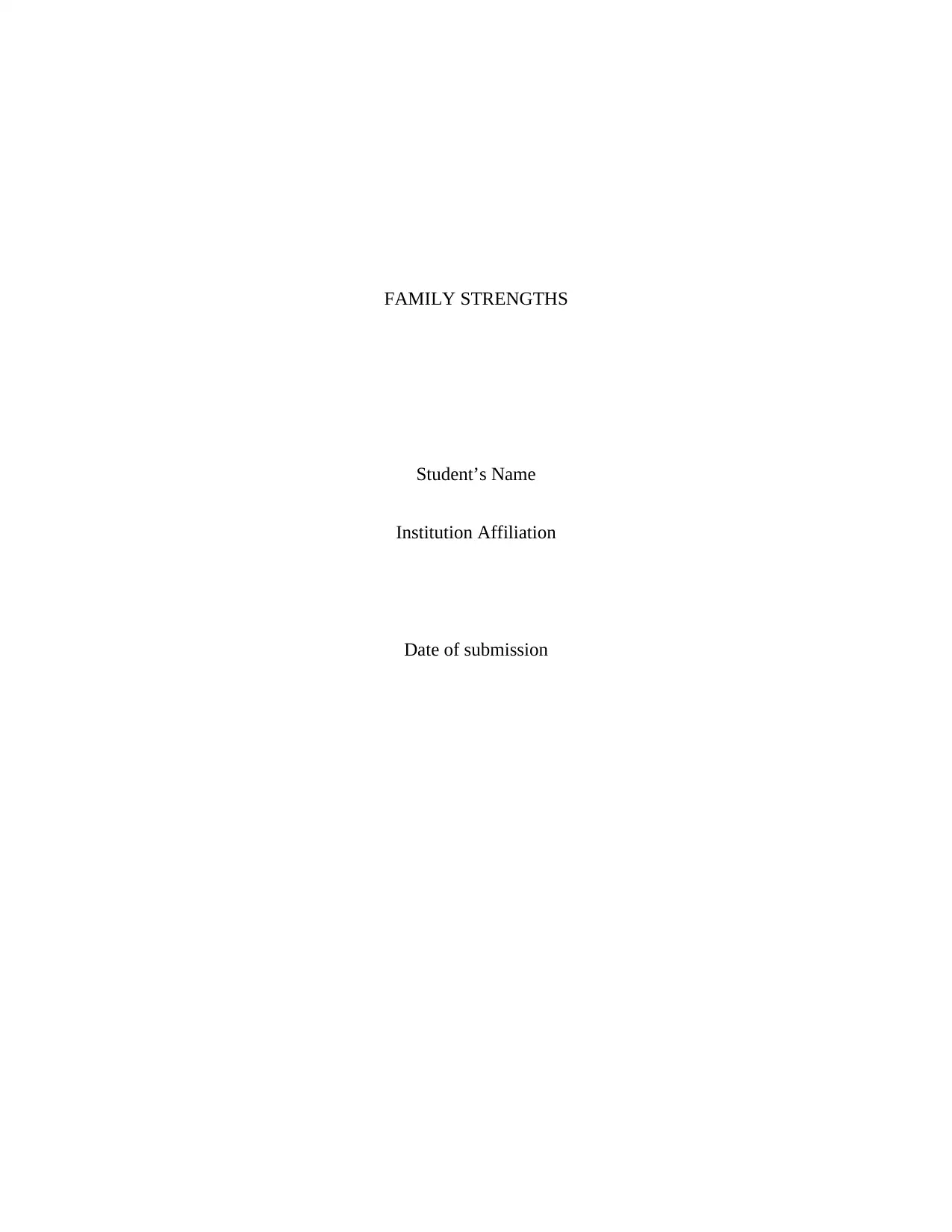
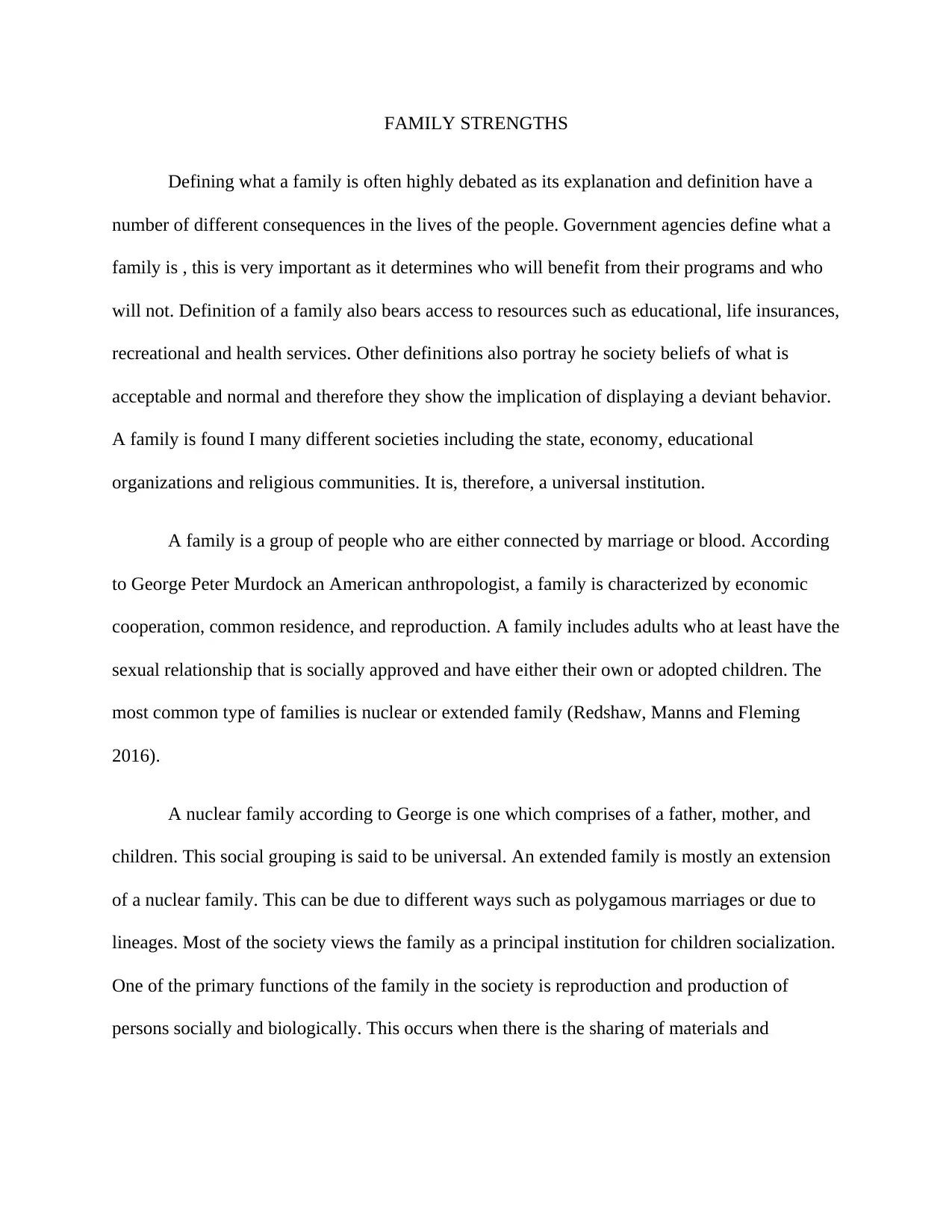
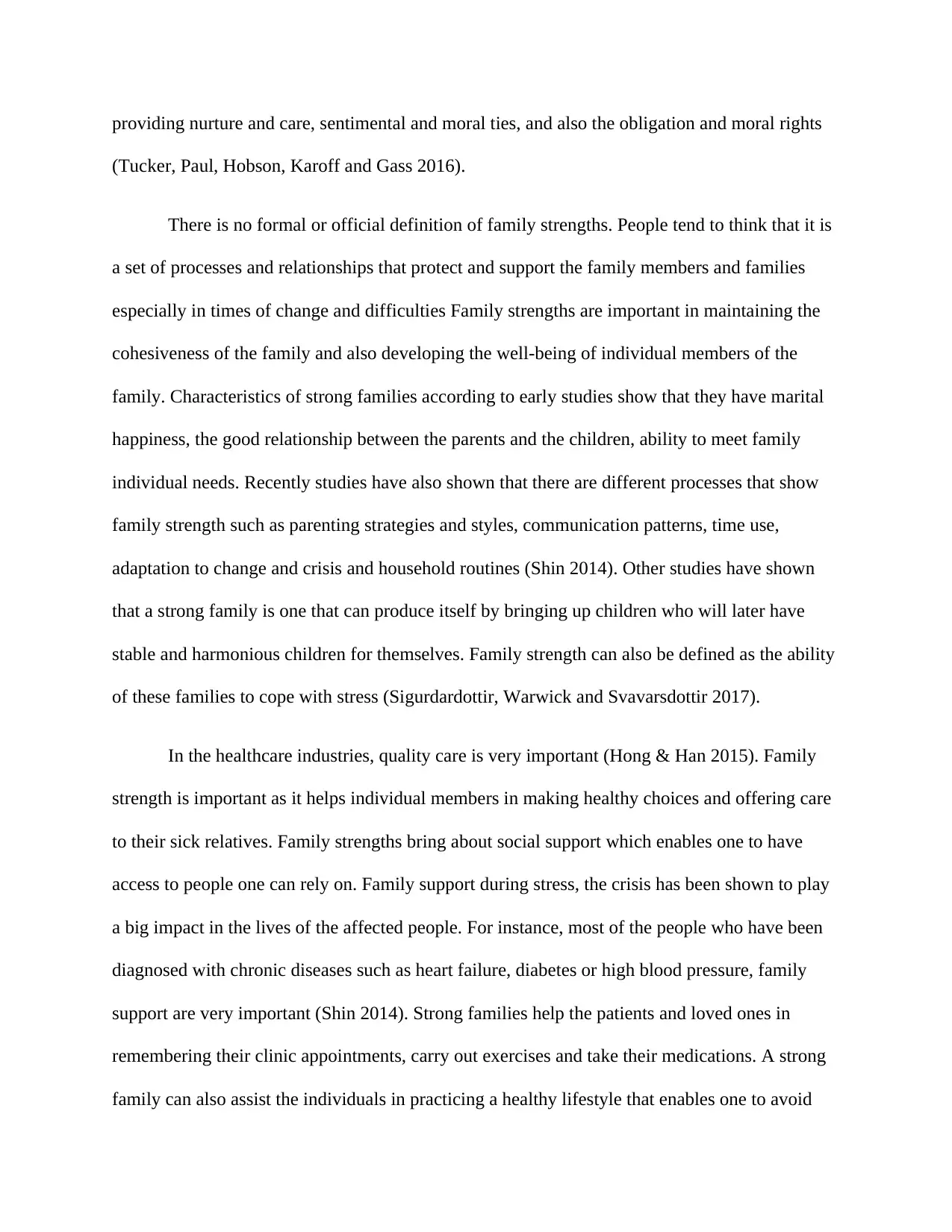

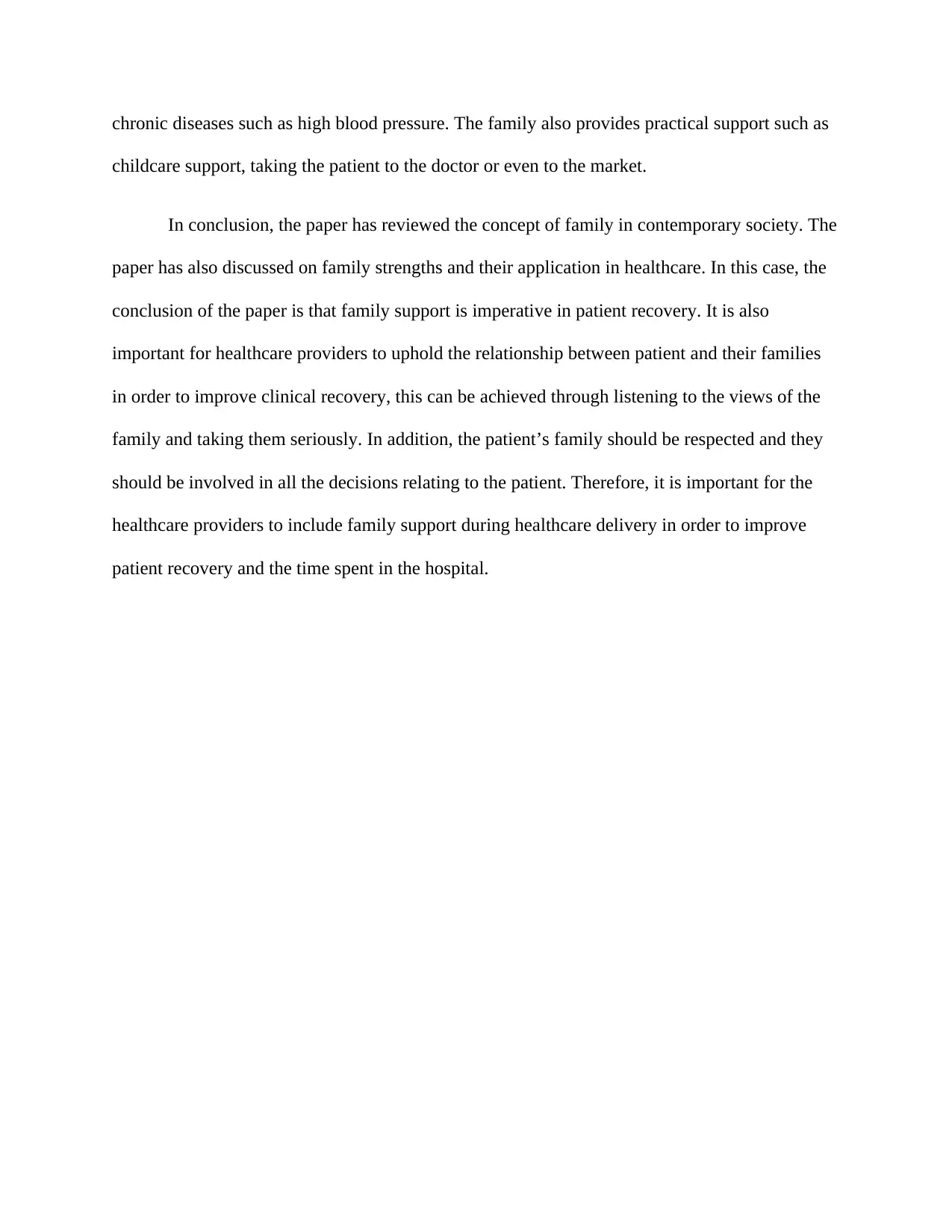
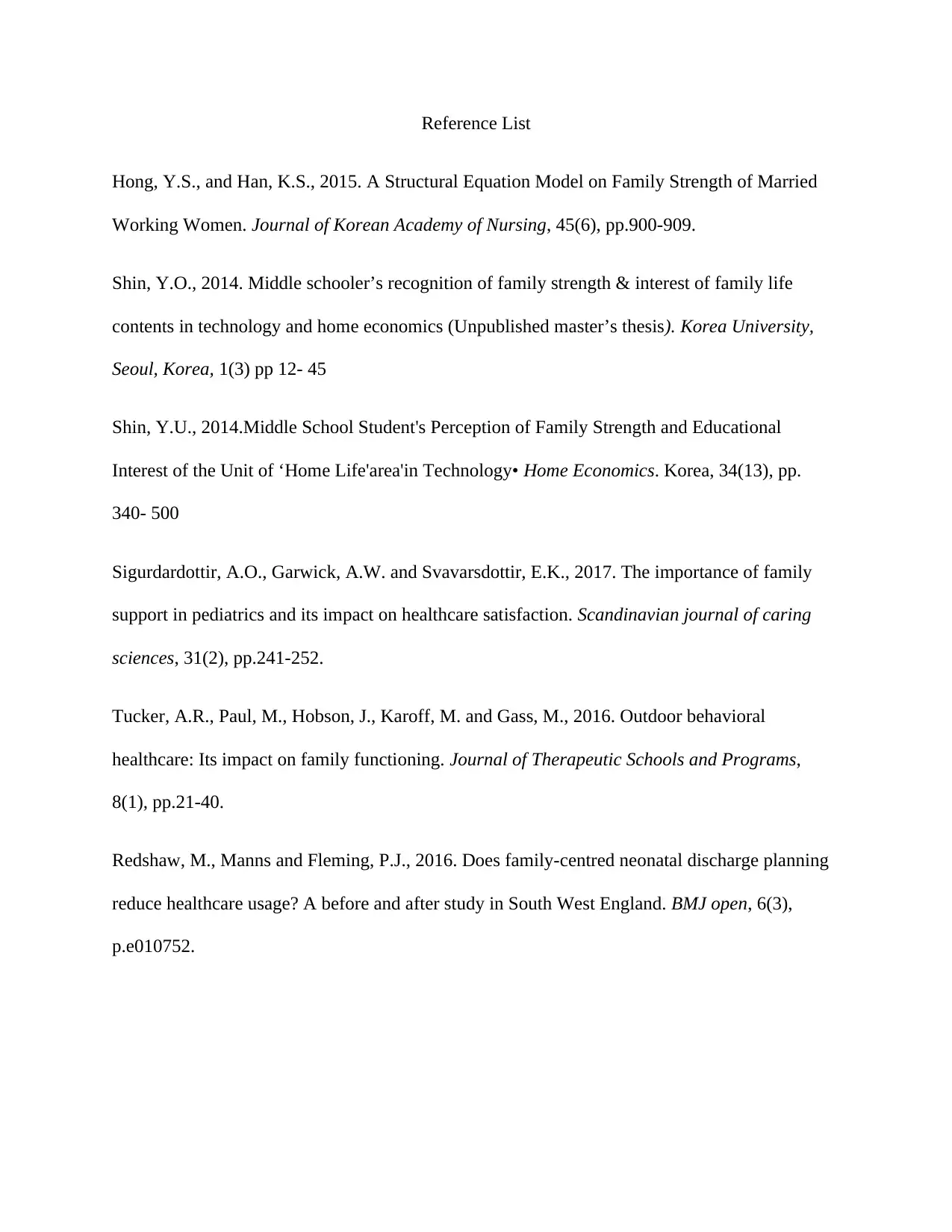





![[object Object]](/_next/static/media/star-bottom.7253800d.svg)